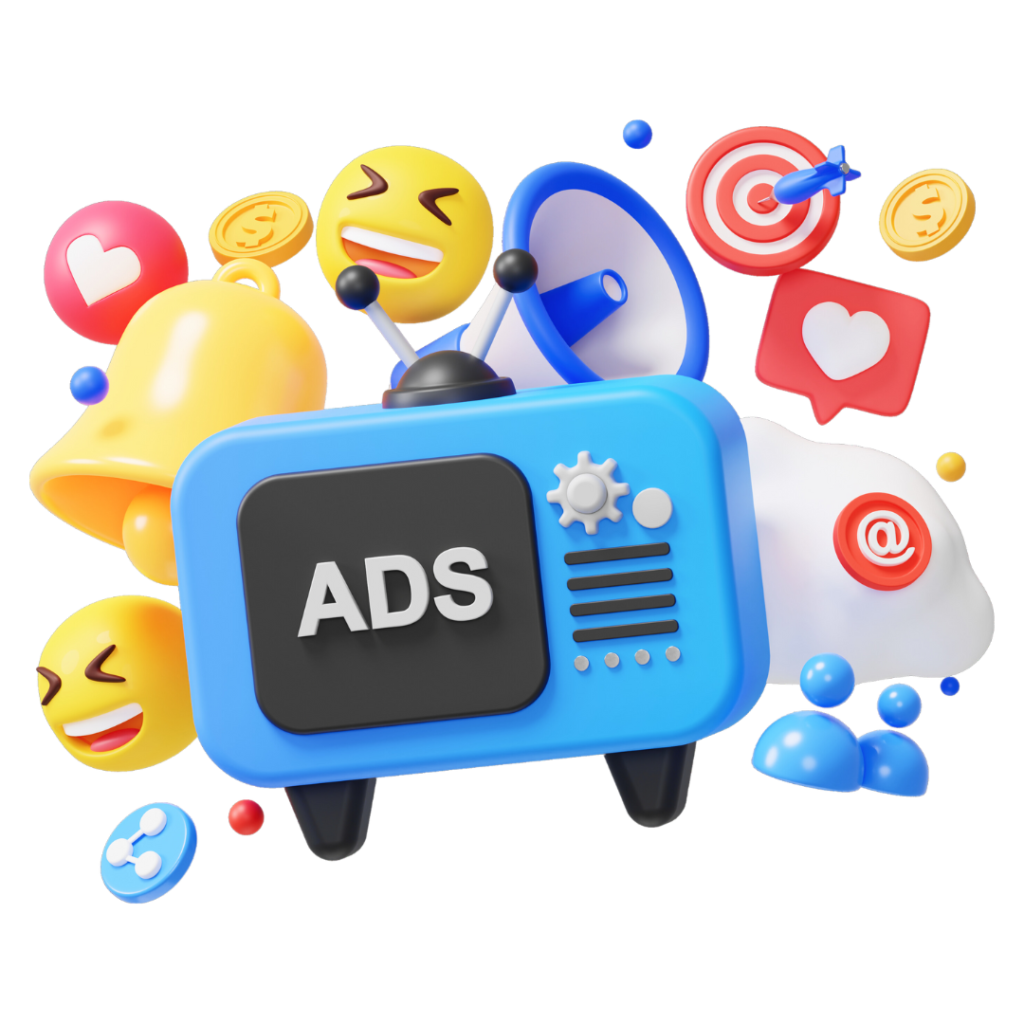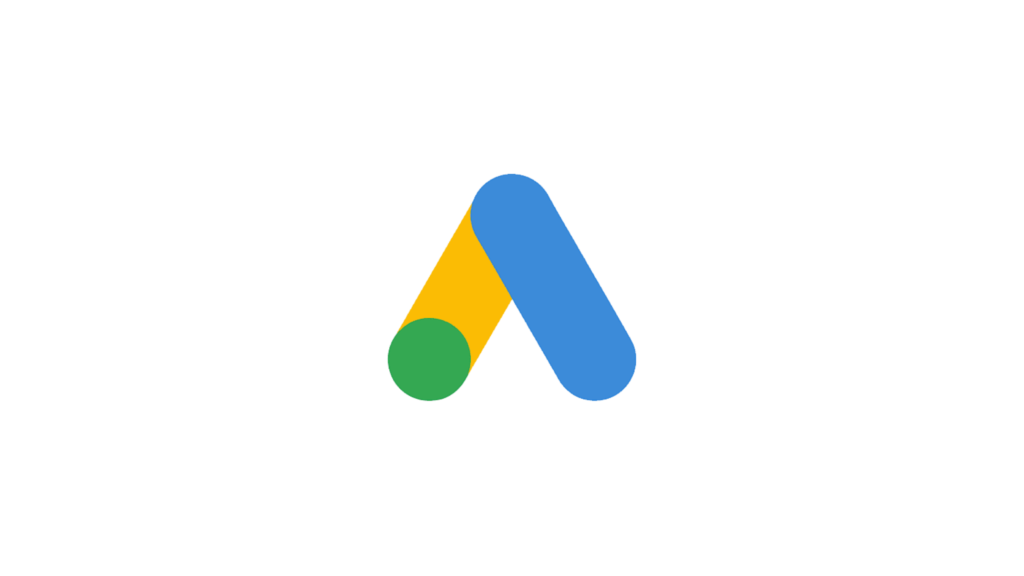Google Ads for Beginners: 11 Powerful Tips to Get Started Fast
Are you searching for a step-by-step guide to start advertising on Google? Learning Google Ads for beginners is one of the smartest ways to generate high-quality traffic and sales. This complete guide will walk you through everything from account setup to campaign optimization.

What is Google Ads?
Google Ads (formerly known as Google AdWords) is a paid advertising platform where advertisers bid on keywords to display ads on Google’s search engine results pages (SERPs), YouTube, and its Display Network.
You only pay when someone interacts with your ad — typically through a click. This performance-based model is known as Pay-Per-Click (PPC) advertising.
Why Use Google Ads?
Here’s why learning Google Ads for beginners is a must for any marketer:
- High-Intent Traffic: Reach users when they’re actively searching for solutions.
- Complete Control: You manage the spend, keywords, targeting, and creative.
- Flexible Budgeting: Start small and scale based on performance.
- Measurable Results: Use real-time data to refine and grow campaigns.
Types of Google Ads Campaigns
1. Search Campaigns
Text-based ads that appear in Google search results. Ideal for driving leads and sales.
2. Display Campaigns
Visual banner ads placed across websites and apps in the Display Network.
3. Video Campaigns
Use video ads on YouTube to build brand awareness or showcase product demos.
4. Shopping Campaigns
Show product details, prices, and images directly in search results for eCommerce.
5. App Campaigns
Promote mobile app installs across Google properties.
6. Performance Max Campaigns
Automated all-in-one campaigns that optimize performance across all Google networks.
How to Set Up Your First Google Ads Campaign
Step 1: Create a Google Ads Account
Visit ads.google.com, sign in with your Gmail account, and complete the billing setup.
Step 2: Define Your Goal
Choose your marketing objective:
- Website traffic
- Lead generation
- Sales
- Brand awareness
- App promotion
Step 3: Choose Campaign Type
Pick a campaign type that matches your objective (e.g., Search for traffic).
Step 4: Set Budget and Bidding
Define your daily or monthly budget. Choose a bidding strategy like:
- Maximize Clicks
- Target CPA
- Manual CPC
Step 5: Define Your Target Audience
Select:
- Geographic location
- Language
- Demographics
- Custom intent audiences
Step 6: Keyword Research
Use Google Keyword Planner to find relevant keywords with high intent and low competition.
Step 7: Write Ad Copy
Create compelling ads that include:
- Attention-grabbing headlines
- Keyword inclusion
- Clear calls-to-action (CTA)
Step 8: Add Ad Extensions
Enhance your ad with:
- Sitelinks
- Call extensions
- Location info
- Callouts
Step 9: Launch & Monitor
Double-check everything and publish. Use your Google Ads dashboard to monitor:
- Clicks
- Impressions
- CTR
- Conversions
Pro Tips for Google Ads Beginners
- Start Small: Test different campaigns with limited budgets.
- Negative Keywords: Exclude irrelevant queries to improve ROI.
- Landing Pages: Make sure your landing page matches ad intent and is mobile-optimized.
- Split Testing: A/B test headlines, CTAs, and display URLs.
- Track Conversions: Set up Google Tag Manager or GA4 to monitor goals.
Google Ads Metrics to Watch
- CTR (Click-Through Rate): % of people who click your ad after seeing it.
- CPC (Cost-Per-Click): Average cost per user click.
- Quality Score: Google’s relevance rating for keywords, ads, and landing pages.
- Conversion Rate: The percentage of visitors completing your goal.
- Impressions: How often your ad was shown.
Common Google Ads Mistakes to Avoid
- Not using negative keywords
- Targeting overly broad audiences
- Writing generic ad copy
- Skipping conversion tracking
- Forgetting regular optimization

Boost Your Business with Google Ads
FAQs – Google Ads for Beginners
Q: What’s a good starting budget?
A: Start with $10–$20 daily, gather data, and scale based on ROI.
Q: Google Ads vs. Facebook Ads – which is better?
A: Google Ads is great for intent-based search. Facebook excels at interest-based targeting. Use both strategically.
Q: How fast can I expect results?
A: You may see clicks immediately, but give it 1–2 weeks for useful data.
Final Thoughts on Google Ads for Beginners
If you’re just getting started with Google Ads, this guide gives you the foundation to build, test, and scale your campaigns successfully. Remember, Google Ads for beginners is a learning process. Stay patient, monitor results, and keep optimizing.
Looking for expert help? Contact Elev8Digitaly for tailored PPC management, SEO, and campaign audits. You can also check our Digital Marketing Services for more help.
Conclusion
Getting started with Google Ads may seem overwhelming at first, but with the right strategy and a step-by-step approach, even beginners can launch effective campaigns that drive real business results. From selecting the right campaign type to writing compelling ad copy and tracking performance, every step plays a crucial role in your success.
By following the tips and avoiding common pitfalls outlined in this guide, you’ll be well on your way to maximizing your ad spend and reaching your target audience at the right time. Remember, Google Ads isn’t a “set it and forget it” platform — consistent monitoring and optimization are key.
If you’re ready to scale faster and smarter, don’t hesitate to reach out to Elev8Digitaly for expert PPC management and campaign support. Let’s turn your ad spend into measurable success!



Love how this post emphasizes data-driven selling! For those buried in guesswork, Helium 10’s tools demystify trends and competition. A friend swears by their profit-tracking features—game-changer for margins. There’s a comprehensive resource diving into its pros and cons that’s worth bookmarking. Always refreshing to see actionable advice for Amazon success!
Totally agree! Data takes so much of the guesswork out of the equation.
Helium 10 really does make it easier to spot opportunities and stay ahead of the competition.
I’ve heard great things about their profit tracker too—definitely a handy tool for keeping margins in check.
Appreciate the resource recommendation as well, always up for learning more.
Thanks for sharing this valuable post! Quick heads-up— the cheapest cloud web hosting just dropped its prices even further, but only until April 17th! Snag this unbeatable deal before it’s gone!
Thanks for the heads-up! A Appreciate you sharing!